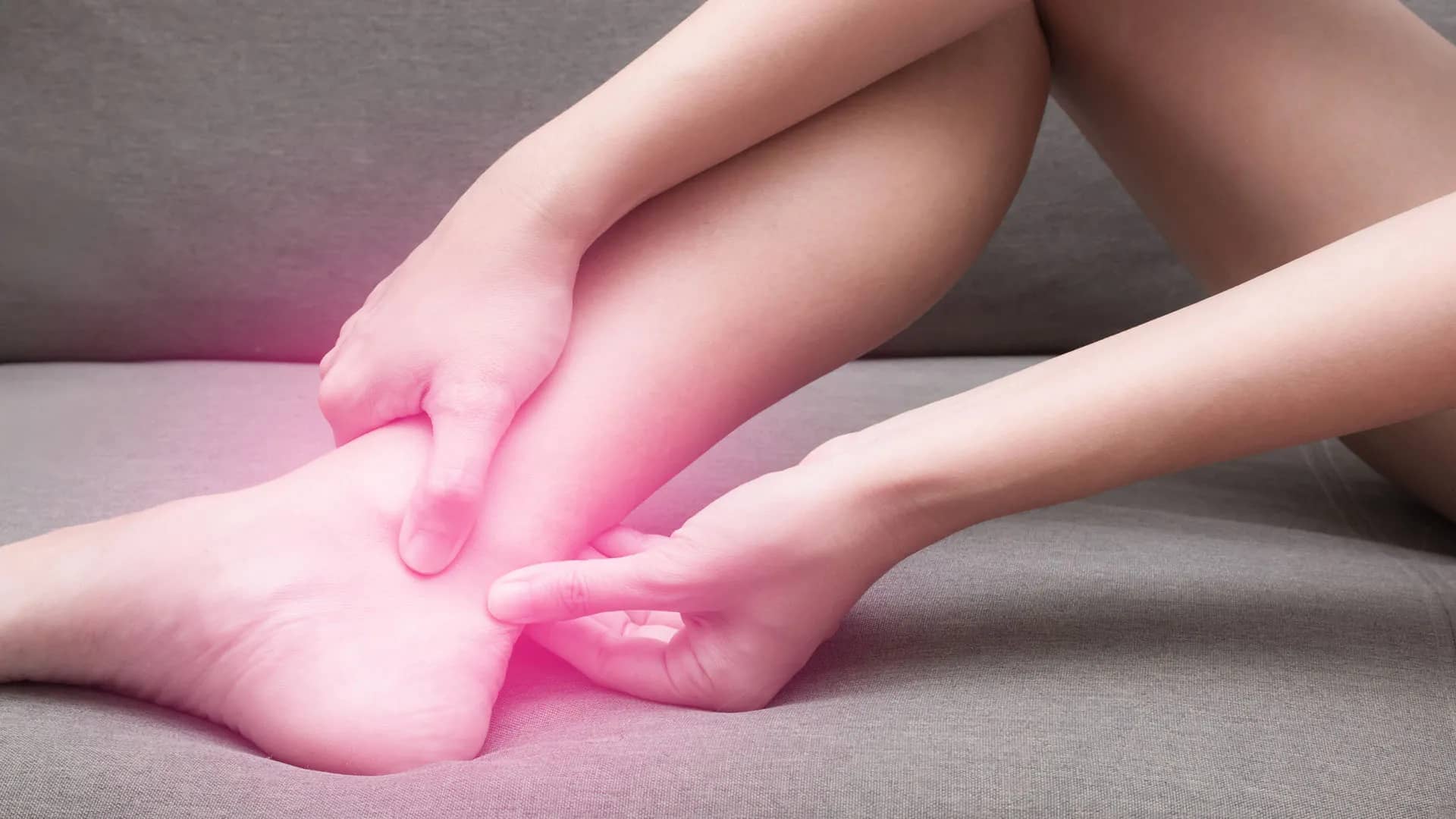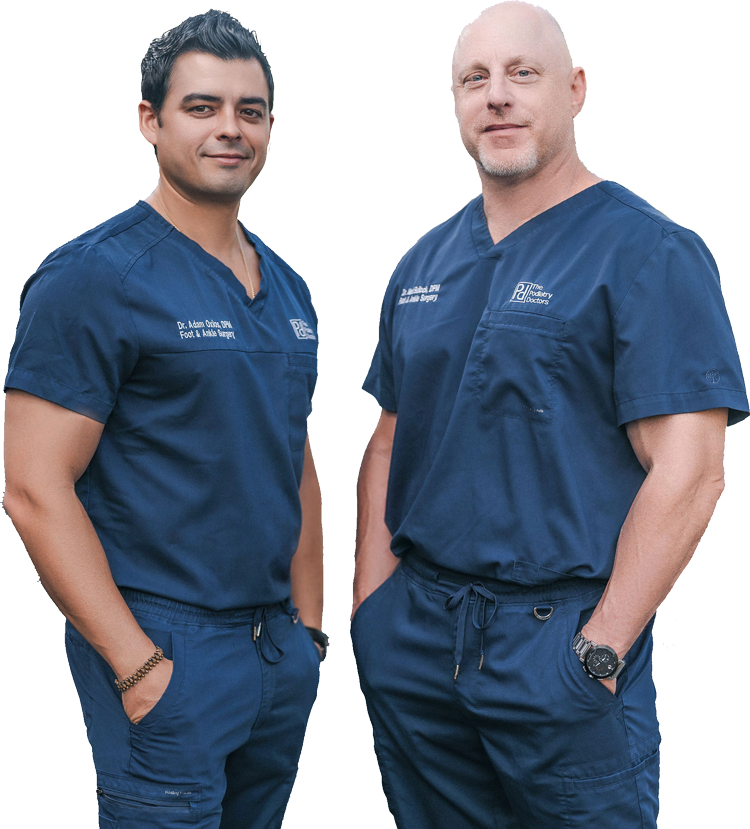
Tendonitis
A tendon is a strong type of connective tissue that anchors muscles to bones. When tendons are put under repetitive stress or suffer a direct injury, they may become inflamed or begin to break down. This can lead to pain as well as limited mobility and strength in the affected area. Tendonitis can affect nearly any part of the body, especially tendons in the foot and ankle.
Tendonitis is most commonly found in men and women over the age of 40, in addition to people who participate in exercise or sports related activities (CrossFit, golfing, tennis…). Other repetitive actions and hobbies such as gardening, painting and certain office jobs may also increase the risk for developing tendonitis.
Initial symptoms of tendonitis include soreness or dull aching during activity however sudden and severe pain near the tendon is also possible. Continued use may cause pain that worsens over time. If symptoms last more that 1-2 weeks, alert your podiatrist ASAP. Recent studies show that conservative treatment is less effective the longer the inflamed tendon is ignored.
Treatment for tendonitis normally begins with RICE therapy (Rest, Ice, Compression, Elevation). Resting may be difficult for active or working individuals so your doctor may prescribe an immobilizing device that off-loads the tendon during ambulation. These tend to work well if the treatment is started early. Afterwards (or during the RICE therapy), our office will place the patient in an orthotic to control the biomechanics of the foot. This also helps alleviate stresses placed on the tendon. Physical therapy is almost always beneficial for restoring lost mobility/strength and range of motion. Patients who remain symptomatic may benefit from steroid injections, which help reduce inflammation and temporarily relieve pain. In some cases, surgery may be required. Most surgical procedures consist of debriding (cleaning/removing) the diseased portion of the tendon, although new procedures performed consist of injecting biologic agents aimed at repairing and regenerating healthy tendon. Post-op protocol involves immobilizing the foot to allow the tendon to heal fully, followed by physical therapy to rehab the tendon back to a functional state.



